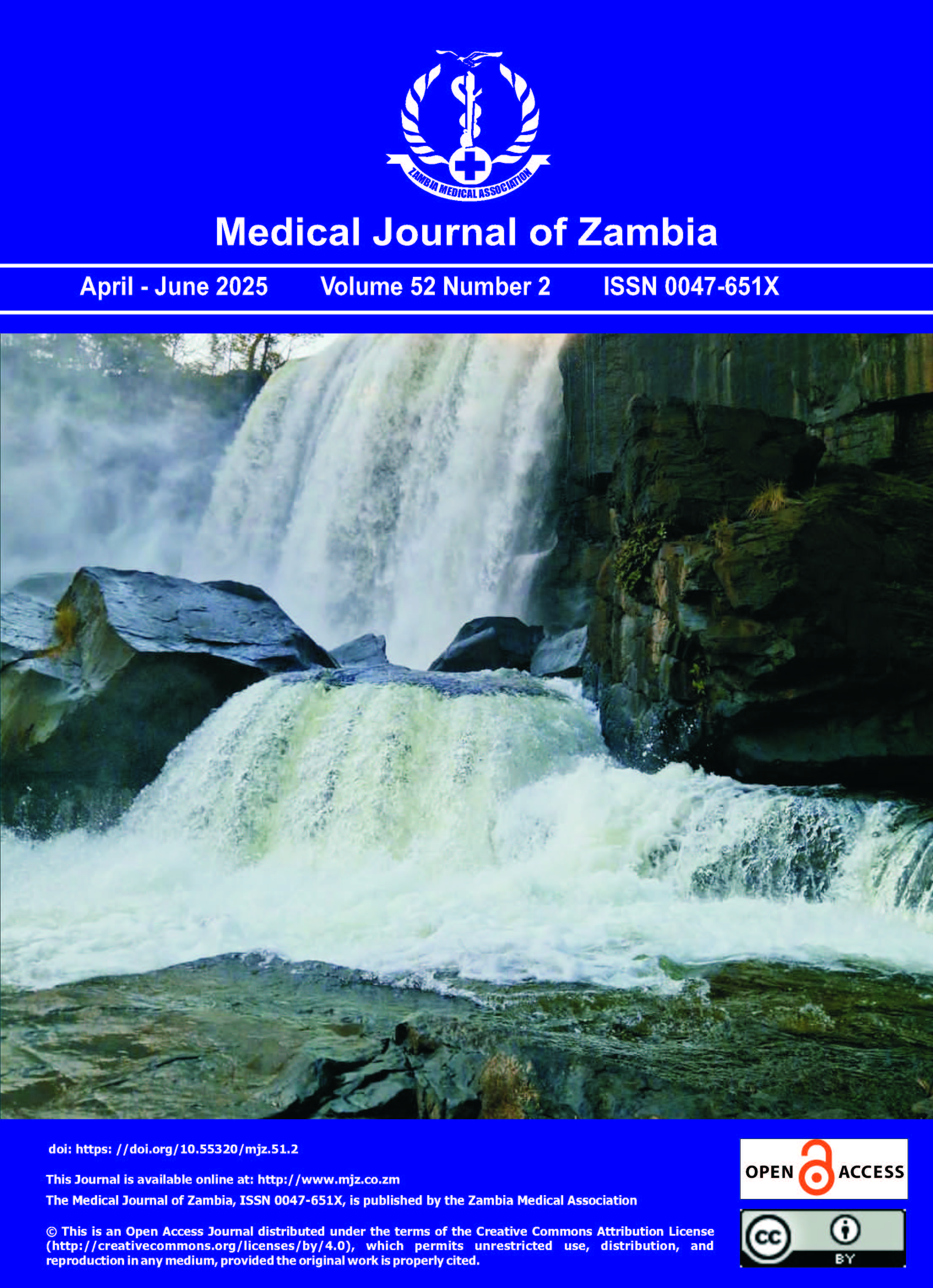Ultrasound and magnetic resonance imaging utilisation in diagnosing a sacrococcygeal teratoma: Diagnostic imaging case report from Malawi
DOI:
https://doi.org/10.55320/mjz.52.2.657Keywords:
Diagnostic imaging, Magnetic resonance imaging, Radiologist, Sacrococcygeal teratoma, Sonographer, UltrasoundAbstract
This diagnostic imaging case report details how ultrasound (US) and magnet resonance imaging (MRI) were used in diagnosing sacrococcygeal teratomas in a newborn postnatally. Sacrococcygeal teratomas are rare congenital tumours with an incidence of 1 in 20000-40000 live births, often detected prenatally through routine obstetric ultrasound and foetal magnetic resonance imaging (MRI) but some remain undetected until birth. While the combination of ultrasound and MRI is standard in high-income countries, this case is notable for its low-resource context. In this diagnostic imaging case report, we highlight the application of these techniques in Malawi, where accessing advanced imaging is limited. Using the information from ultrasound and MRI for surgical planning, the infant underwent an elective excision of the tumour, which was performed successfully and without complications. This diagnostic imaging case report underscores the critical role of medical imaging in tumour characterisation and surgical planning and the importance of effectively utilising available resources to achieve accurate diagnoses even in settings with constrained medical infrastructure. It also highlights the challenges associated with the prenatal diagnosis of congenital abnormalities, such as sacrococcygeal teratomas in Malawi, which is hampered by a critical shortage of sonographers and radiologists resulting in late detection and delayed reporting of radiology examinations, impacting the treatment process and the continuity of care. Therefore, strengthening radiology infrastructure, training, and referral systems to MRI capabilities facilities should be prioritised to improve early and accurate diagnosis of sacrococcygeal teratomas and other complex conditions.
Downloads
Downloads
Published
Issue
Section
License
Copyright (c) 2025 Medical Journal of Zambia

This work is licensed under a Creative Commons Attribution-NonCommercial 4.0 International License.









